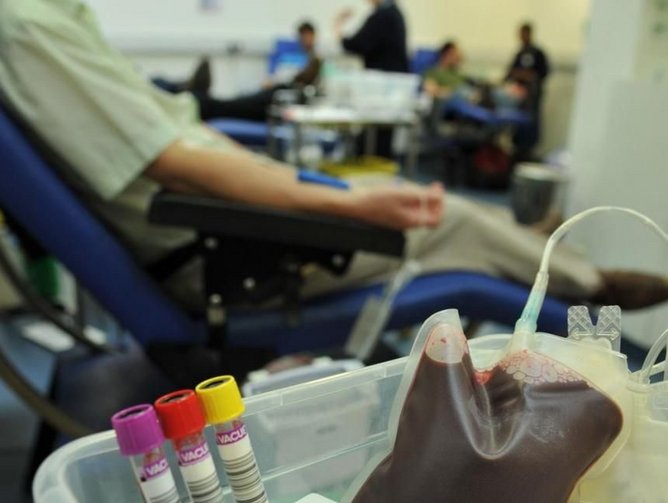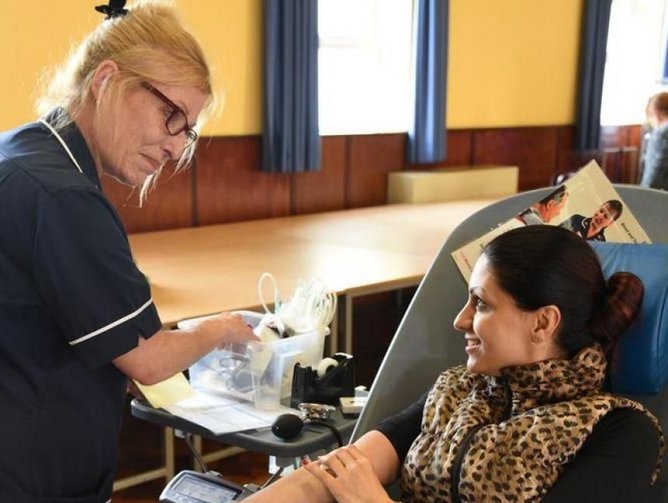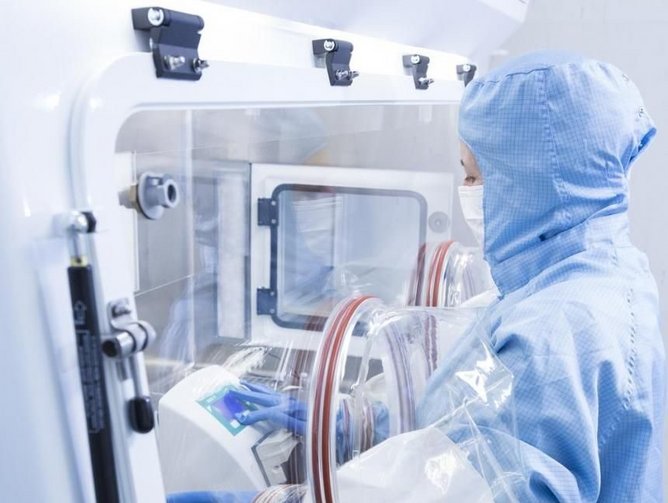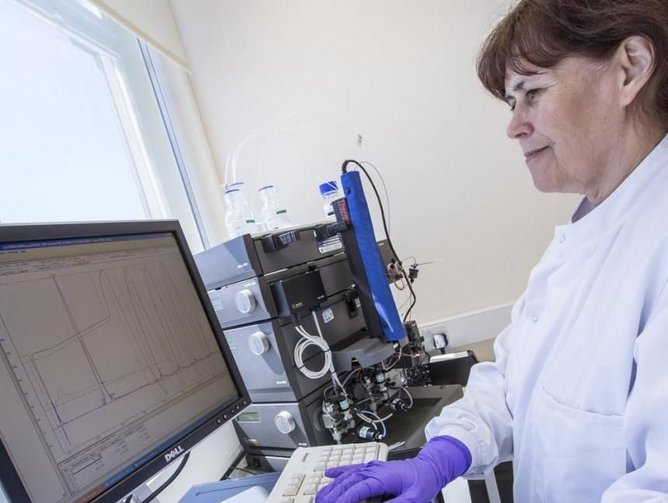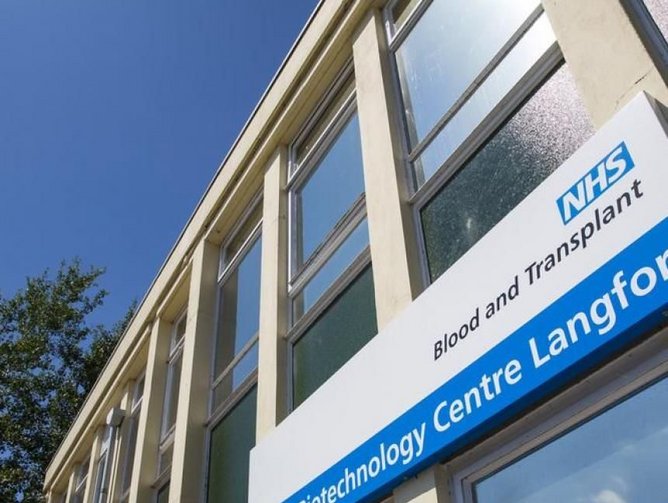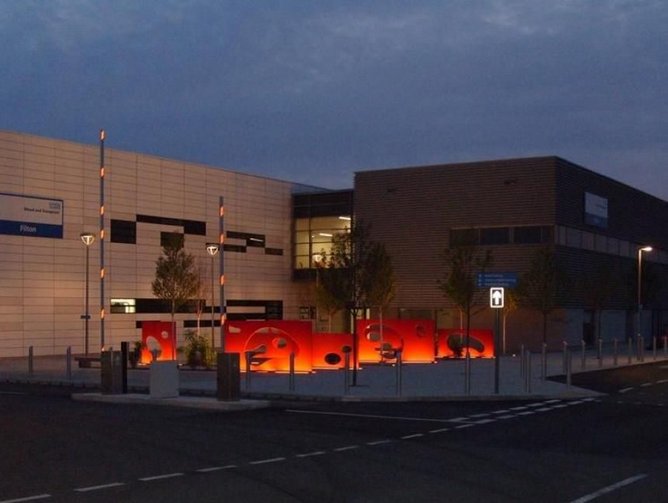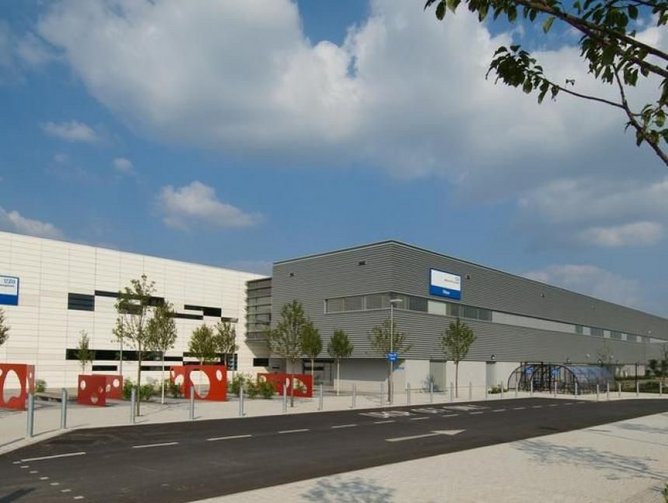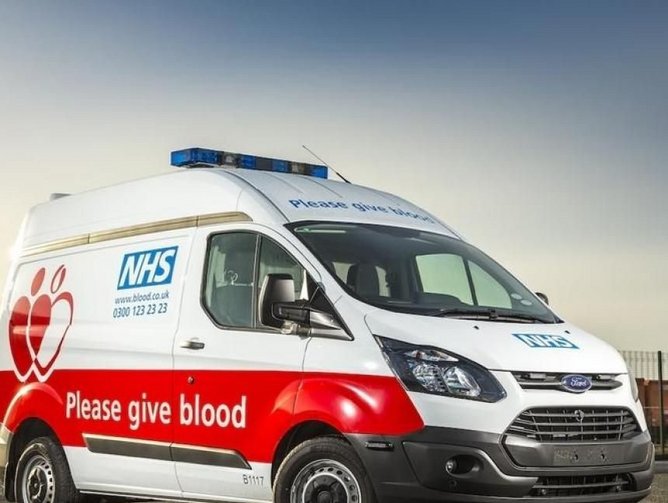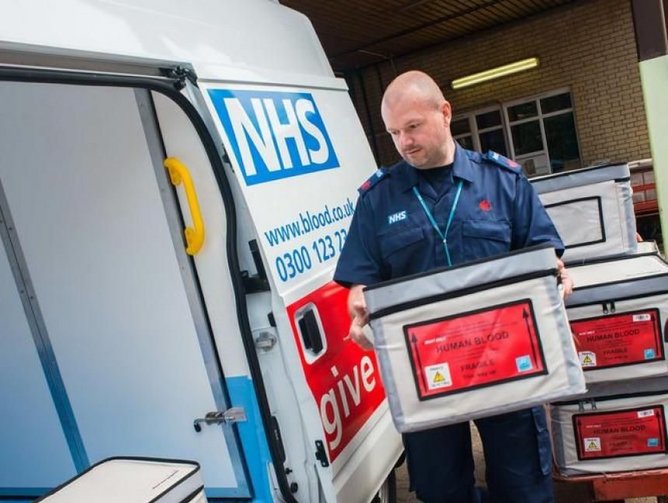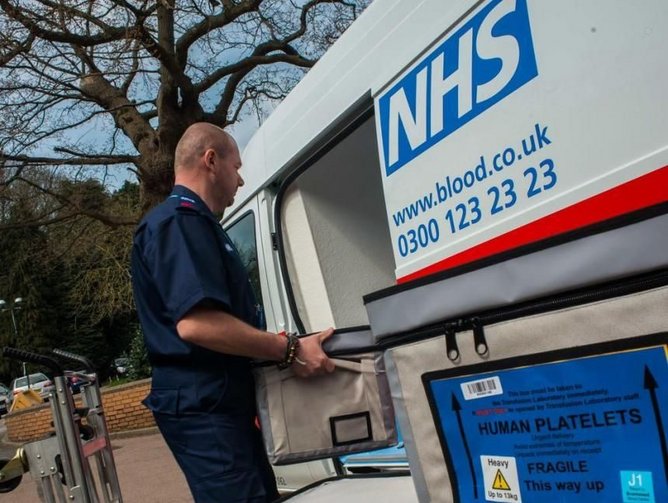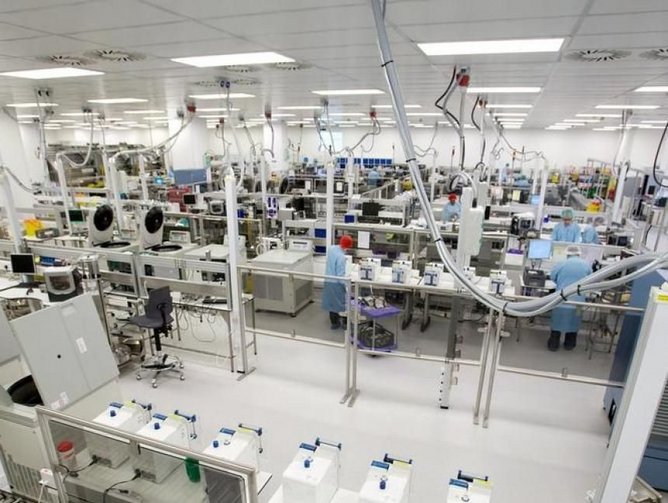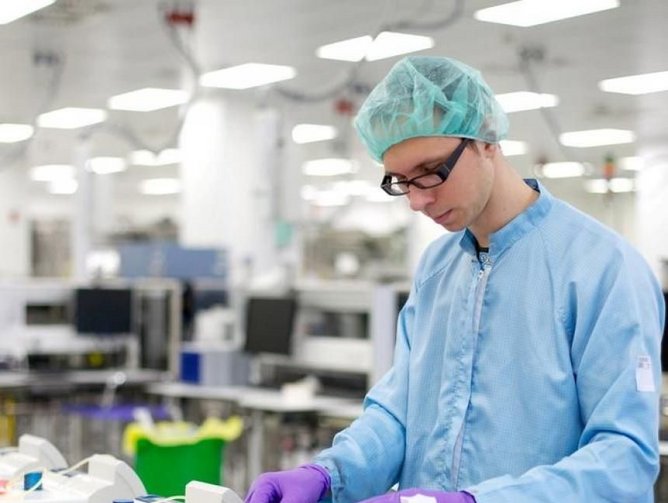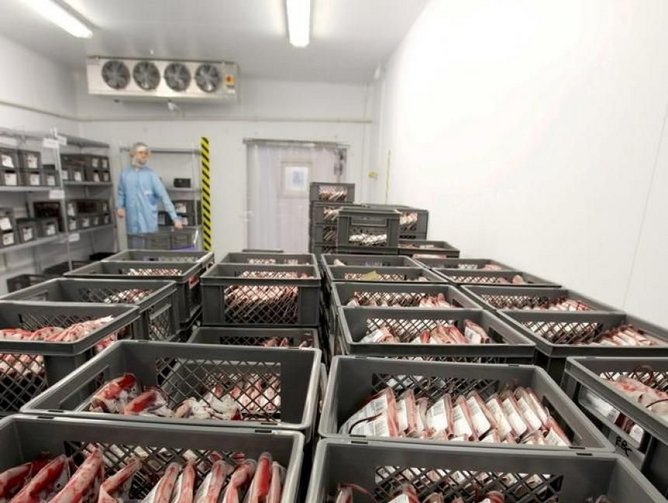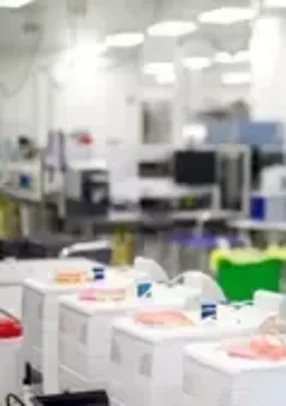As the UK’s organ and blood donation organisation, NHS Blood and Transplant (NHSBT) facilitates organ donation and transplantation across the whole of the UK and also manages the supply of blood and tissues, as well as a range of specialist blood testing, for England. And, as Chief Digital Officer Aaron Powell explains, technology is making an incredible impact on the work it does, ultimately improving patient outcomes and saving lives. “What we're doing has a direct impact in saving and improving people’s lives. It's what we're about as an organisation. Whether it's providing services to blood donors that enable them to make appointments to come and give blood or providing services that allow us to accurately and efficiently allocate the precious gifts that people donate to us to the right patient, my job is to make sure the technology services that we offer are resilient and robust to enable the team to do the best possible job that they can do.”
Powell’s appointment as CDO for NHSBT in 2015 coincided with the organisation’s shift towards a more digital operation. “My appointment heralded the beginning of a real focus on digital and what digital can mean for what we do as a blood and transplant organisation,” he explains. “We had already started to explore digital opportunities but, in line with many public sector organisations, we'd focused initially on our customer-facing activity.” So the website and portals for potential blood donors were already developed, making the next step thinking about what NHSBT might do differently as an organisation if it was able to take full advantage of the capabilities that digital technologies provide.
NHSBT enables over 4,000 transplants to occur across the UK every year and has over one million regular blood donors – those who donate every three months. It processes around 6,000 units of blood every day, supplying 200 hospital trusts in England with essential blood for surgery, trauma and blood transfusions. “We maintain a regular supply of blood across the country and then we have a diagnostic and therapeutic services division, which is an essential collection of business units, providing specialised testing capabilities and therapeutic apheresis services,” Powell adds.
The digital transformation that is now framing everything NHSBT does is all about connectedness and personalisation – focusing on how it can connect information across the different business units in order to provide a better service. “We’ve been working on understanding what a connected health service and a personalised health service actually means. How we can provide a more joined-up service to people with other parts of the NHS? And how can we ultimately connect that information to someone outside of the health sector, to make sure that the service we're providing is one that is designed around the needs of individual donors and suits their lifestyle and the way they wish to donate?”
Although Powell describes this as a ‘journey that we’re on rather than a destination we’ve reached’, the work it has carried out on the online blood donor portal has led to over 50 percent of all bookings being made online and a three percent increase in attendance in just two years. “We're looking at the data, the processes and technology we use to understand how we can connect across NHSBT and beyond in order to rethink the services we offer,” he adds. The donor portal’s primary purpose is to give donors a better experience in terms of allowing them to make and view appointments at a time convenient to them, and it has additional benefits for NHSBT. “In terms of our own processing, it has significantly reduced the overhead of management appointment bookings and we have saved around £1.4 million just in terms of the paperwork associated with donor appointments as a consequence,” Powell says.
NHSBT’s technology strategy needed a complete rethink in order to deliver this digital-first approach, says Powell. “Like a lot of organisations we have got very good legacy systems that we have been running for a number of years that were essentially developed in either the late 90s or early 2000s. Sharing data and processes on these systems has been hard so we framed a strategy around this – we knew that we needed to do technology differently but we hadn't really thought through how differently so, as a consequence of that, a number of our systems were at risk of becoming unstable and we needed to shore them up. So the watch words around the strategy were that we would stabilise, protect and migrate the existing systems.”
A significant part of that stabilisation was achieved by securing hosting arrangements SCC data centres that put NHSBT’s systems on a sound footing. Powell adds: “And then we're looking to protect those systems by bringing in the latest versions of the technologies that we currently operate as we migrate them to the new world, as we call it, which is about using cloud services to provide resilience, scalable and flexible solutions that we can integrate using open standards and open interfaces into other applications that are delivered to us primarily as SaaS.” This means that NHSBT doesn’t need to think about the infrastructure and the technology, but can focus on the business functionality and usability. “We think about how we can leverage the technology to save and improve lives, which is ultimately what we're about as an organisation.”
So NHSBT has been working with SCC closely on this issue of operational stability of its applications, for the future for all of the services it operates. “We also worked with Microsoft quite heavily to explore the possibilities of cloud services and how we can have those flexible services that allow us to scale up in times of peak activity but also scale down in times of reduced activity and have confidence that those services are available and they're supported in safe environments, with other people worrying about the underlying technology.”
Another crucial partner has been Vodafone, Powell says, which provides all of NHSBT’s connectivity and telephony contracts. “Our collaboration with Vodafone gives us the network capability to access these services and to access them in a reliable way, and the bandwidth across our network to allow us to access and make heavy use of cloud-based services.”
On the organ donation and transplantation side, NHSBT has started to use the intelligent computing capabilities of the IBM Business Process Management Solution in order to develop a set of allocation rules. “With this we can change more flexibly over time to respond to clinical needs and clinical practices around organ allocation, to ensure that the maximum number of people have access to organ transplantation as a therapy and we make best use of the organs that are available to us from donors.”
Organ allocation schemes are designed to balance equity and utility – fundamentally to make sure that everyone in need has a fair chance of an organ transplant. When you consider that organs are in short supply, and on average three people still die every day waiting for a transplant, it is easy to see that every efficiency allowed by technology can make a difference on the number of lives extended through organ transplantation. “It's about making sure that we match the donor organ with the transplant recipient in a way that is safe and will result in a positive outcome to the transplant, but also make sure that the allocation scheme maximises the number of people who will receive a transplant and the number of years that they will live with a donated organ,” Powell adds.
The allocation scheme works behind the scenes in conjunction with DonorPath, which is an iPad app created for the specialist nurses. Powell says: “The nurses can collate all the information they need about an organ donor in order to provide information to the transplant surgeons to make a decision about whether or not to accept an organ. That's a risk-based decision based upon the factors of the recipient they're dealing with and the donor.” This transforms 75 pages of paper forms that the nurses fill in into a risk profile that the transplant centres can make a decision on. “We have another digital service called our Electronic Offering Service (EOS) which is available to transplant surgeons on a range of mobile devices that gives them the critical information they need in order to make that decision in real time.” And the nature of organ donation and transplantation means these decisions need to be made quickly. Once again, this illustrates how technology – in this case, the processing of information, can make a difference by reducing delays and helping the transplant teams manage the logistics more efficiently.
Powell highlights the multiple benefits his team provides to the wider organisation with its core delivery programmes, such as the ODT (organ donation and transplantation) Hub programme. “This is effectively creating a central command and control centre for organ donation and transplantation that uses intelligent technology such as the IBM business process management system to allow us to manage the real-time logistics.” There is also a Core Systems Modernisation programme, which is replacing the traditional blood control systems with an intelligent CRM capability using Dynamics CRM, and a supply chain management capability using Dynamics AX. Another core programme is updating the infrastructure and desktop operating system.
“Balancing how we interact between SCC data centres and Microsoft cloud services, we are relying much more on needing connected systems, so we also have a network improvement programme with Vodafone that is looking to improve the bandwidth to all of our sites and all of our locations over the next 12 months,” Powell says, concluding that NHSBT is currently investing more heavily in technology than it has for some time, meaning that this complex organisation is making steady improvements. “The technologies that we're using allow us to both provide convenience to our donors and to clinicians, and also gives significant overall operational efficiency to NHSBT. Ultimately, it all contributes to what we are about as an organisation – enabling our donors to do something amazing, to save and improve the lives of others” Powell says.
